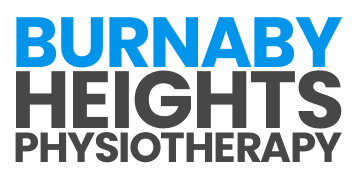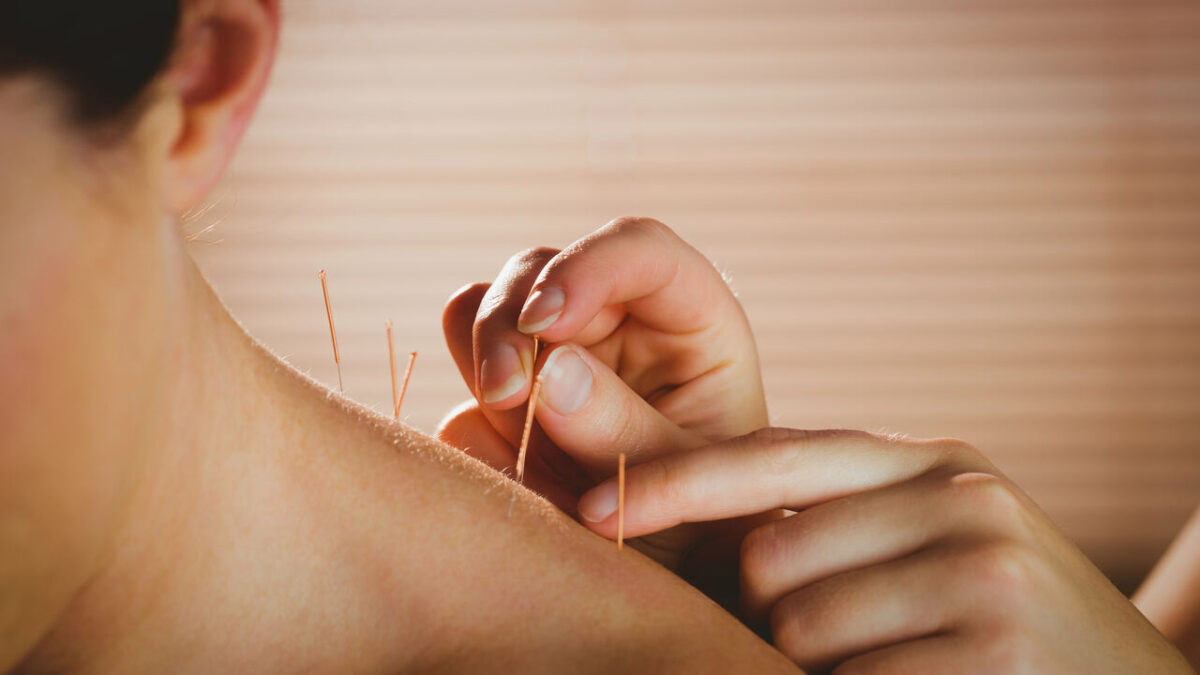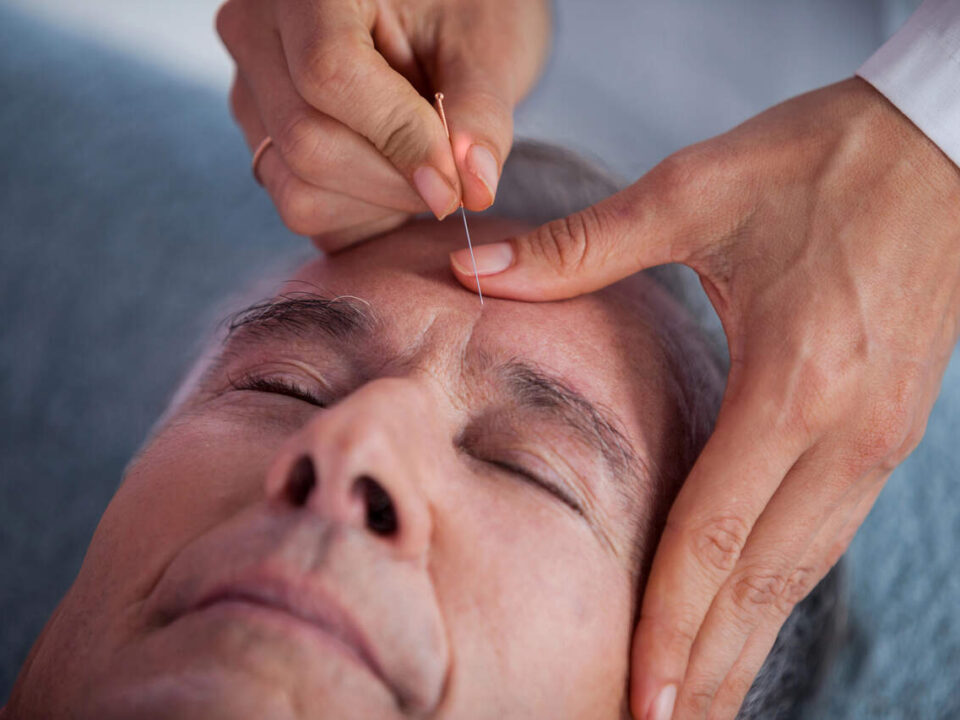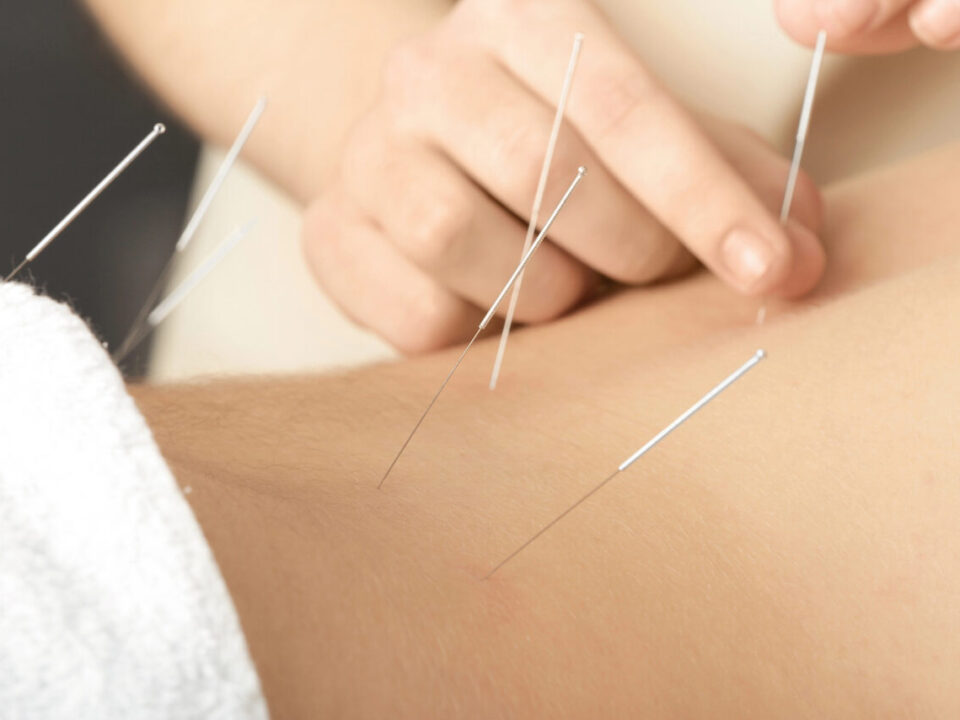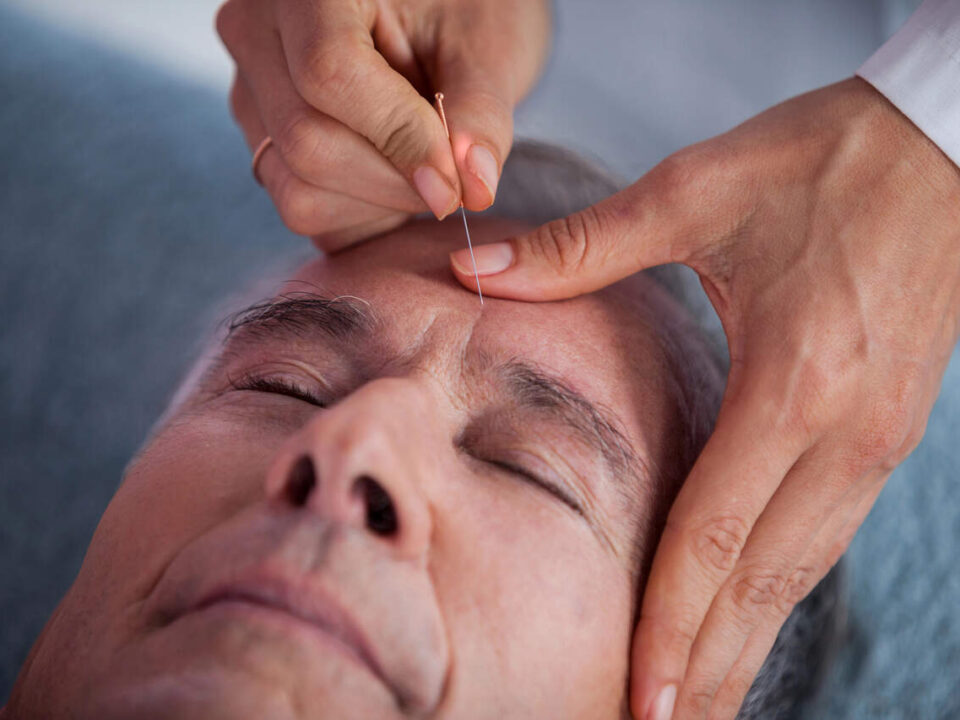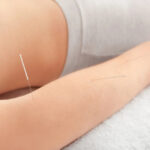
Unlocking Natural Healing: Acupuncture for Arthritis Pain Relief
July 18, 2024
Empowering Your Neck: How Acupuncture Can Alleviate Pain
July 18, 2024Introduction to Acupuncture
What is Acupuncture?
Acupuncture is a traditional healing practice rooted in ancient Chinese medicine. It involves the insertion of thin needles into specific points on the body to balance the flow of energy, known as Qi (pronounced “chee”). The primary goal is to promote healing and alleviate various physical and mental conditions. Acupuncture is widely recognized for its benefits in pain relief and stress reduction, making it a popular choice for those seeking alternative therapies.
History and Origin of Acupuncture
The origins of acupuncture date back thousands of years to ancient China. Historical records suggest that acupuncture was being practiced as early as 2,500 years ago. The earliest documentation of acupuncture is found in the Huangdi Neijing (The Yellow Emperor’s Classic of Internal Medicine), a foundational text for Chinese medicine written around 100 BCE.
Acupuncture spread from China to other parts of Asia, including Japan and Korea, and eventually made its way to the Western world. Over time, different forms and techniques of acupuncture have evolved, but the core principles remain consistent. The practice is based on the concept of meridians, pathways through which Qi flows in the body. By targeting these meridians, acupuncturists aim to restore balance and promote overall well-being.
For more information on how acupuncture can help with specific conditions, you can explore our articles on acupuncture for migraines, acupuncture for sciatica, and acupuncture for headaches.
Understanding Acupuncture Benefits
Acupuncture offers a range of benefits that can enhance overall well-being. In this section, we will explore three significant advantages: pain relief, stress and anxiety reduction, and improved sleep.
Pain Relief
Acupuncture is widely recognized for its effectiveness in alleviating pain. By stimulating specific points on the body, acupuncture can help reduce various types of pain, including chronic pain, headaches, and migraines.
| Condition | Pain Reduction (%) |
|---|---|
| Chronic Pain | 50% |
| Headaches/Migraines | 40% |
| Back Pain | 45% |
| Neck Pain | 35% |
| Knee Pain | 30% |
For those suffering from chronic pain conditions such as sciatica or arthritis, acupuncture can be a valuable addition to their treatment plan. By targeting the body’s meridians, acupuncture helps to release endorphins, the body’s natural painkillers, and improve circulation, thereby reducing pain and inflammation.
Stress and Anxiety Reduction
Stress and anxiety are common issues that many people face in today’s fast-paced world. Acupuncture in Burnaby can play a significant role in managing these conditions by promoting relaxation and balancing the body’s energy.
| Condition | Anxiety Reduction (%) |
|---|---|
| General Anxiety | 45% |
| Stress | 50% |
| Panic Disorders | 40% |
Acupuncture helps to stimulate the nervous system, triggering the release of neurotransmitters such as serotonin and dopamine, which are responsible for regulating mood. This can lead to a significant reduction in stress and anxiety levels, helping individuals feel more calm and centered.
Improved Sleep
Many people struggle with sleep disorders, which can have a profound impact on their overall health and well-being. Acupuncture can be an effective solution for improving sleep quality and addressing issues such as insomnia.
| Condition | Sleep Improvement (%) |
|---|---|
| Insomnia | 55% |
| Sleep Apnea | 40% |
| General Sleep Disorders | 50% |
By targeting specific acupuncture points, practitioners can help regulate the body’s internal clock and promote relaxation, making it easier for individuals to fall asleep and stay asleep throughout the night. Improved sleep can lead to better overall health, increased energy levels, and enhanced cognitive function.
Acupuncture offers a multitude of benefits for pain relief, stress and anxiety reduction, and improved sleep. By exploring the various conditions treated by acupuncture, such as migraines and back pain, individuals can gain a deeper understanding of how this ancient practice can enhance their quality of life.
Exploring the Healing Process
Understanding how acupuncture works and the role of meridians and Qi is crucial for appreciating its healing benefits.
How Acupuncture Works
Acupuncture involves the insertion of fine needles into specific points on the body. These points are chosen based on their ability to stimulate the body’s natural healing processes. The needles are usually inserted to a depth of a few millimeters to a couple of centimeters, depending on the treatment area.
The practice aims to balance the body’s energy, commonly referred to as Qi (pronounced “chee”). By targeting specific acupuncture points, we can influence the flow of Qi and encourage healing. Research suggests that acupuncture may stimulate the release of endorphins, our body’s natural painkillers, and affect the autonomic nervous system to promote relaxation and stress relief.
The Role of Meridians and Qi
In traditional Chinese medicine, meridians are pathways through which Qi flows. There are twelve primary meridians, each associated with a major organ system, such as the liver, heart, and kidneys. These meridians form a network that connects various parts of the body, ensuring the smooth flow of energy.
| Meridian | Associated Organ | Primary Function |
|---|---|---|
| Lung Meridian | Lungs | Regulates breathing and immune function |
| Heart Meridian | Heart | Controls blood circulation and emotional well-being |
| Kidney Meridian | Kidneys | Manages growth, development, and reproductive health |
When Qi is balanced and flows freely, the body maintains health and well-being. However, blockages or imbalances in the meridians can lead to physical or emotional ailments. Acupuncture aims to restore the balance of Qi by clearing these blockages, thus promoting healing and reducing symptoms.
For example, acupuncture can be effective for alleviating chronic pain conditions such as acupuncture for sciatica and acupuncture for arthritis. By targeting the appropriate meridians, practitioners can help relieve pain and improve overall health.
Understanding these fundamental concepts helps us appreciate the holistic approach of acupuncture and its ability to address a wide range of conditions. For more information on specific conditions treated by acupuncture, visit our sections on acupuncture for migraines and acupuncture for back pain.
Conditions Treated by Acupuncture
Acupuncture has been utilized for centuries to address various health conditions. In this section, we’ll explore how acupuncture can help manage chronic pain, headaches and migraines, and digestive disorders.
Chronic Pain
Chronic pain is one of the most common conditions treated by acupuncture. This ancient practice can alleviate pain by stimulating specific points on the body, known as acupoints, to release natural painkillers and improve blood flow. Acupuncture has shown effectiveness in treating various types of chronic pain, including:
- Back Pain: Chronic back pain can be debilitating. Acupuncture can help by reducing inflammation and increasing circulation. For more details, visit our article on acupuncture for back pain.
- Neck Pain: Acupuncture can relieve neck pain by targeting specific acupoints to relax muscles and reduce tension. Learn more by reading acupuncture for neck pain.
- Arthritis: This condition causes joint pain and stiffness. Acupuncture can alleviate these symptoms by improving joint function and reducing inflammation. For more information, see acupuncture for arthritis.
- Sciatica: This condition involves pain radiating along the sciatic nerve. Acupuncture can help by reducing muscle tension and improving nerve function. Explore more about this in our article on acupuncture for sciatica.
| Condition | Acupuncture Benefits |
|---|---|
| Back Pain | Reduced inflammation, increased circulation |
| Neck Pain | Muscle relaxation, tension reduction |
| Arthritis | Improved joint function, reduced inflammation |
| Sciatica | Reduced muscle tension, improved nerve function |
Headaches and Migraines
Acupuncture is also effective in treating headaches and migraines. By targeting specific acupoints, acupuncture can help to reduce the frequency and severity of headaches, including tension headaches and migraines. This natural treatment works by promoting relaxation, improving circulation, and reducing muscle tension.
- Tension Headaches: These are often caused by stress and muscle tension. Acupuncture can help to alleviate these symptoms by promoting relaxation. Learn more in our article on acupuncture for headaches.
- Migraines: Migraines can be severe and debilitating. Acupuncture can reduce the frequency and intensity of migraine attacks by regulating the nervous system. For more information, read acupuncture for migraines.
| Type of Headache | Acupuncture Benefits |
|---|---|
| Tension Headaches | Promotes relaxation, reduces muscle tension |
| Migraines | Regulates nervous system, reduces frequency and intensity |
Digestive Disorders
Acupuncture can also be beneficial for individuals experiencing digestive disorders. By stimulating specific acupoints, acupuncture can help to regulate the digestive system, improve nutrient absorption, and reduce symptoms associated with various digestive conditions.
- Irritable Bowel Syndrome (IBS): Acupuncture can help to reduce symptoms such as bloating, pain, and irregular bowel movements by promoting digestive health.
- Gastritis: This condition involves inflammation of the stomach lining. Acupuncture can alleviate symptoms by reducing inflammation and promoting healing.
- Constipation: Acupuncture can improve bowel movements and relieve constipation by stimulating digestive function.
| Digestive Disorder | Acupuncture Benefits |
|---|---|
| Irritable Bowel Syndrome (IBS) | Reduces bloating, pain, and irregular bowel movements |
| Gastritis | Reduces inflammation, promotes healing |
| Constipation | Improves bowel movements, relieves constipation |
Acupuncture offers a holistic approach to managing various health conditions. Whether it’s chronic pain, headaches, or digestive disorders, this ancient practice can provide significant relief and improve overall well-being. For more information on how acupuncture can help with specific conditions, explore our articles on acupuncture for carpal tunnel syndrome and acupuncture for knee pain.
Acupuncture Techniques
In our journey to understand the benefits of acupuncture, it’s essential to explore the various techniques used in this ancient healing practice. Each technique has its unique approach and benefits, catering to different health conditions and individual needs.
Traditional Chinese Acupuncture
Traditional Chinese Acupuncture (TCA) is the most commonly practiced form of acupuncture. This technique involves the insertion of fine needles into specific points on the body, known as acupoints. These acupoints are located along meridians, which are pathways that carry the body’s vital energy, or Qi.
The goal of TCA is to balance the flow of Qi, thereby promoting healing and well-being. This technique is widely used for pain relief and has been shown to be effective in treating conditions such as acupuncture for back pain, acupuncture for neck pain, and acupuncture for arthritis.
| Condition | Effectiveness Rating (1-5) |
|---|---|
| Back Pain | 4.5 |
| Neck Pain | 4.0 |
| Arthritis | 3.5 |
Electroacupuncture
Electroacupuncture is a modern variation of traditional acupuncture. In this technique, small electrical currents are passed through the needles after they have been inserted into the acupoints. The electrical stimulation enhances the effects of the needles, providing stronger and longer-lasting results.
Electroacupuncture is particularly effective for chronic pain conditions and has been found to be beneficial for acupuncture for sciatica, acupuncture for knee pain, and acupuncture for carpal tunnel syndrome.
| Condition | Effectiveness Rating (1-5) |
|---|---|
| Sciatica | 4.5 |
| Knee Pain | 4.0 |
| Carpal Tunnel Syndrome | 4.2 |
Auricular Acupuncture
Auricular acupuncture focuses on the ear, which is considered a microsystem of the entire body. This technique involves stimulating specific points on the ear to treat various health conditions. The ear is believed to have acupoints that correspond to different parts of the body, making it a powerful tool for holistic healing.
Auricular acupuncture is commonly used for pain management and has shown promising results for acupuncture for migraines, acupuncture for headaches, and digestive disorders.
| Condition | Effectiveness Rating (1-5) |
|---|---|
| Migraines | 4.0 |
| Headaches | 4.2 |
| Digestive Disorders | 3.8 |
Understanding these different acupuncture techniques allows us to make informed decisions about which method may be most beneficial for our specific health concerns. Whether we opt for Traditional Chinese Acupuncture, Electroacupuncture, or Auricular Acupuncture, each technique offers unique advantages that can help us on our journey to healing and well-being.
Safety and Considerations
When embarking on the journey of acupuncture, it’s essential to understand the safety aspects and considerations to ensure a beneficial experience. This section provides guidance on finding a qualified acupuncturist, what to expect during a session, and potential side effects and risks.
Finding a Qualified Acupuncturist
Choosing a qualified acupuncturist is crucial for a safe and effective treatment. Here are some tips to help you find a reputable practitioner:
- Certification: Ensure the acupuncturist is certified by a recognized board, such as the National Certification Commission for Acupuncture and Oriental Medicine (NCCAOM).
- Experience: Look for practitioners with extensive experience in treating conditions similar to yours, such as acupuncture for migraines or acupuncture for back pain.
- Referrals: Seek recommendations from healthcare providers or friends who have had positive experiences with acupuncture.
What to Expect During a Session
Understanding what to expect during an acupuncture session can help ease any concerns and make the experience more comfortable. Here is a general overview of the process:
- Initial Consultation: The acupuncturist will discuss your medical history, current symptoms, and treatment goals.
- Treatment Plan: A personalized treatment plan will be created, which may include the number of sessions and specific acupuncture points to be targeted.
- Needle Insertion: Fine, sterile needles are inserted into specific points on the body. The sensation is typically mild, often described as a slight tingling or dull ache.
- Relaxation Period: The needles remain in place for 15-30 minutes while you relax. This period allows the body to respond to the treatment.
- Needle Removal: The acupuncturist will gently remove the needles, and you may feel a sense of relaxation or invigorated energy.
Potential Side Effects and Risks
While acupuncture is generally safe when performed by a qualified practitioner, it’s essential to be aware of potential side effects and risks.
| Side Effect | Frequency | Description |
|---|---|---|
| Minor Bleeding or Bruising | Common | Slight bleeding or bruising at needle sites |
| Soreness | Common | Mild soreness at needle insertion points |
| Infection | Rare | Infection due to non-sterile needles |
| Dizziness | Occasional | Light-headedness or dizziness post-treatment |
| Nerve Damage | Very Rare | Potential nerve injury if needles are improperly placed |
Before starting acupuncture, discuss any concerns with your practitioner and ensure they follow strict hygiene practices. For more information on the benefits and conditions treated by acupuncture, explore our articles on acupuncture for sciatica and acupuncture for arthritis.


